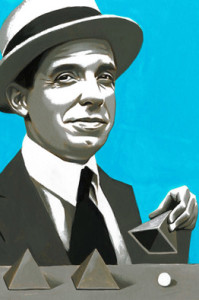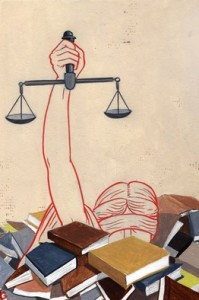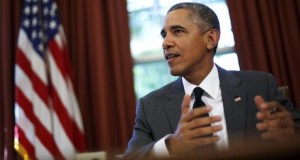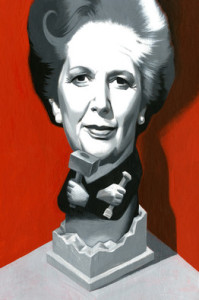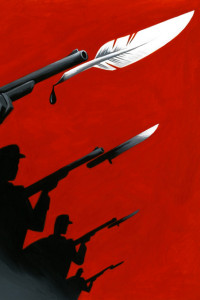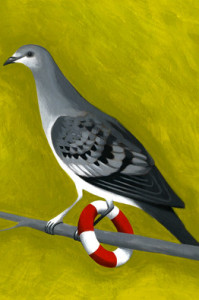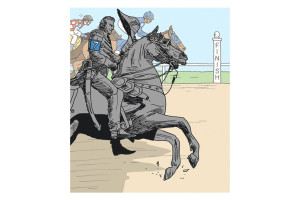By Regina Weinreich
The name of this utterly charming movie conjures images of the Disney cartoon feature with a brunette cartoon star singing in the library. Dido Belle, however, was a real life mixed race woman, smart enough to have had a career in the law, but for 18th century England, she went far. The talented Amma Asante’s movie is an Austenesque comedy of manners, keenly involved with who shall marry whom, and whose fortune is more plump than so and so’s social standing, but here’s the delicious twist: Belle is desirably financially endowed, but as a mulatto, and illegitimate, she is of dubious position. Thoughtful and daring, she influences an important decision, changing the course of British history.
Born in a slum to a black woman and a high-born white navy captain (Matthew Goode), Belle’s fate takes a turn when her father takes charge of her, and brings her to his family’s stately mansion. There, surrogate parents, Lord and Lady Mansfield (excellent Tom Wilkinson and a witty Emily Watson), manage Belle’s education and upbringing. Her cousin Elizabeth Murray (Sarah Gadon) is a constant playmate. Belle’s father disappears early on, and in many ways this romance becomes a father-daughter piece, with Wilkinson beaming proud of his ward as Belle shows intelligence, not only in helping to adjudicate a
famous legal case involving the Zong slave ship vs. an insurance company, but also insisting that when she marries, her race would not be an issue of conciliation and embarrassment. Sam Reid plays the suitor, a kind of Mr. Darcy.
At a recent lunch at la Grenouille, hosted by British Ambassador Mark Lyall Grant and W Magazine’s Stefano Tonchi, Phyllicia Rychard, Star Jones, Tamron Hall, and others were introduced to director Amma Asante and her leading actress, Gugu Mbatha-Raw. Diners also heard historical novelist Amanda Foreman flesh out the legalities of the Zong slave ship matter. Foreman, originator of the popular and entertaining House of Speakeasy nights, where writers are invited to extrapolate on a theme, knows how to make history and literature engaging and fun. The discussion went down with the ease of the delicious striped bass: in the case of Belle, and the lovely actress who plays her, a refreshing gem in the season of sequels and action hero blockbusters.







